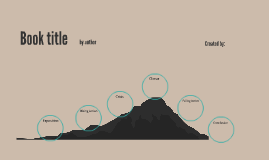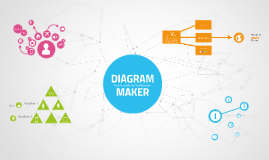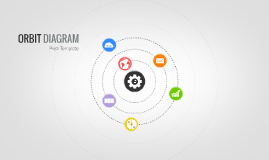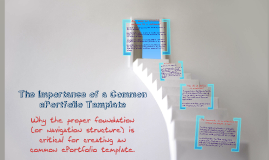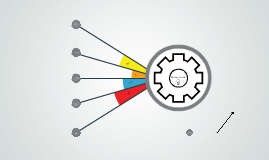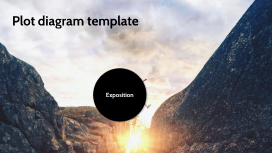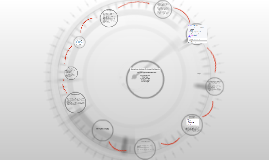Database Project template 1
Transcript: Key Tables In 2014, one of the largest automobile company in US faced the major recall. According to NHTSA 27 million cars were recalled. NHTSA failed to detect this issues in GM models due to the discrete nature of the data and good quality analysis. Prof Chaiyaporn Mutsalklisana By Team Ultron Vihar Raul Pranay Sampat Ritiksha Gada Ruchi Goyal Introduction Objective Stored Procedures Our model also encorporate database concepts of views and indexes. Car Details View Car Event Count View (encorporated outer join) Car Accident Count View Indexes: Indexes on transaction table for performance enhancement of query. Views And Indexes Manufactured Car Table : Car details, assembly details, components used. Car Registration : Registration and ownership details. Event Table : Events accociated with registered car (accident, component issues,driving quality issues etc) Accident Table : Car accident and factors related to it. Triggers EER Diagram Queries and Subqueries This query will state car registration details (License Plate, Owner Details), accident details(Cause, Zones), car details (Engine and chassis number).This is an adjustable query where you can extract records for particular accident, particular car, particular model, perticular vehicle type. THANK YOU Predictive Analysis To Avoid Car Recalls Aim of our model is to analyse the defects from root cause level for various events such as accidents,manufactring and assembly defects to attain sustainable production. Our model will help reduce the revenue losses to manufactring company due to car recalls, minimize the defects and maximize the safety of customer. Model Activity Tracker: Whenever a new car model is created, recored get inserted into activity tracker for that model. Accident Tracker: Whenever a new accident is reported.Count of accident is increased in activity tracker. Event Tracker: Whenever a new event is reported.Count of event is increased in activity tracker. Data Entry Procedure: To store the data in sanity and structured manner. Event Procedure: To find events for a particular model and their causes along with the zones where events occured. AccidentProcedure: To find accident for a particular model and their causes along with the zones where events occured.






